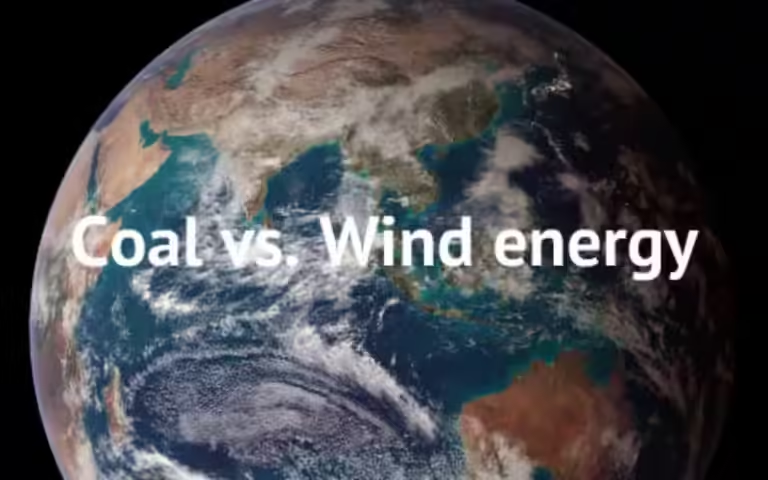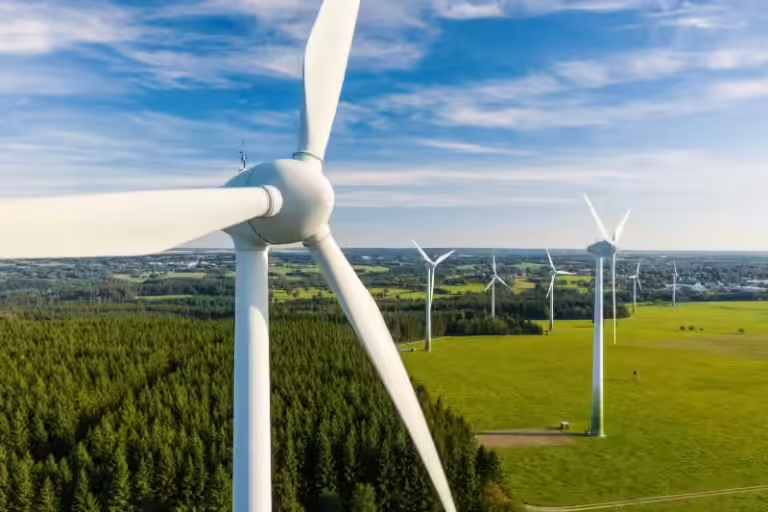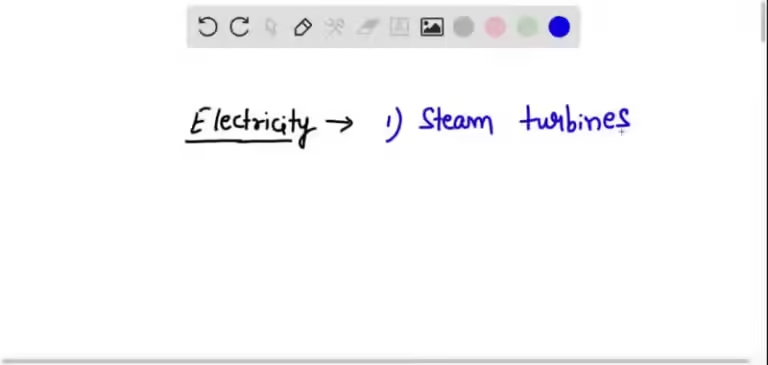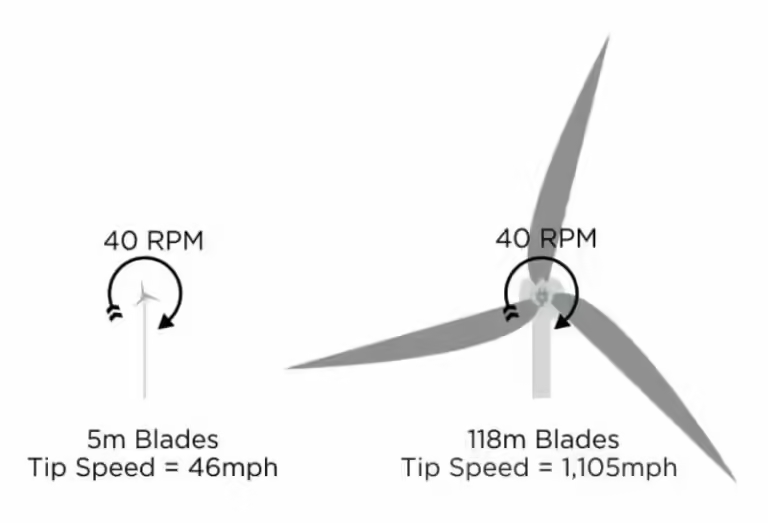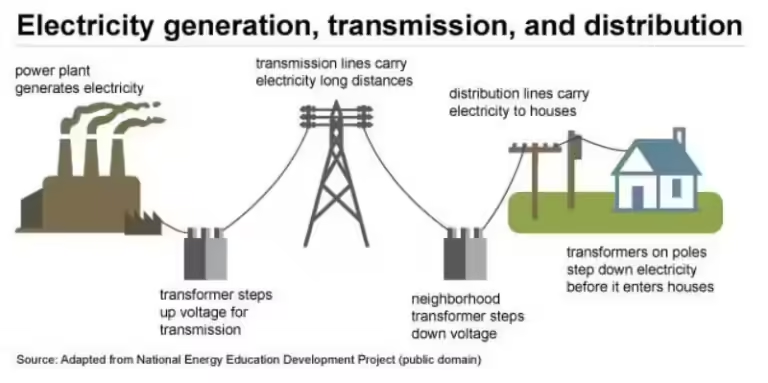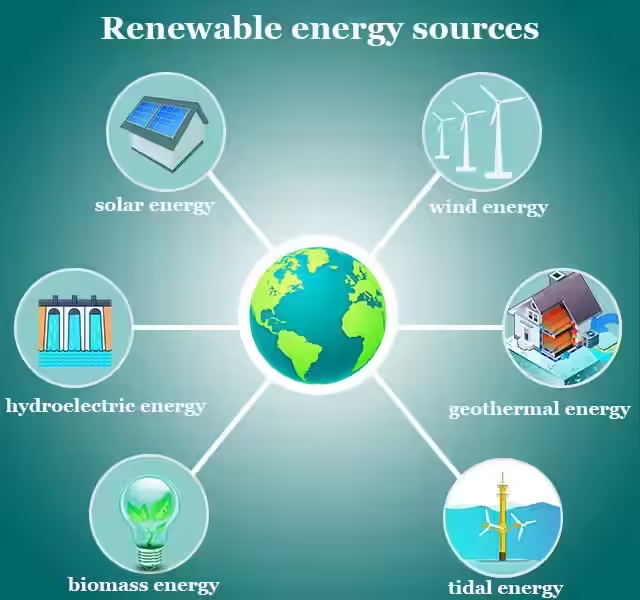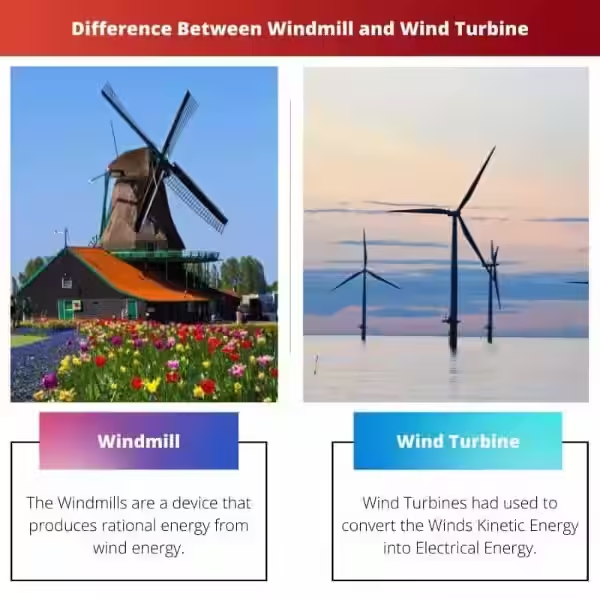The Principal Limitation of Wind Power: Unpredictability
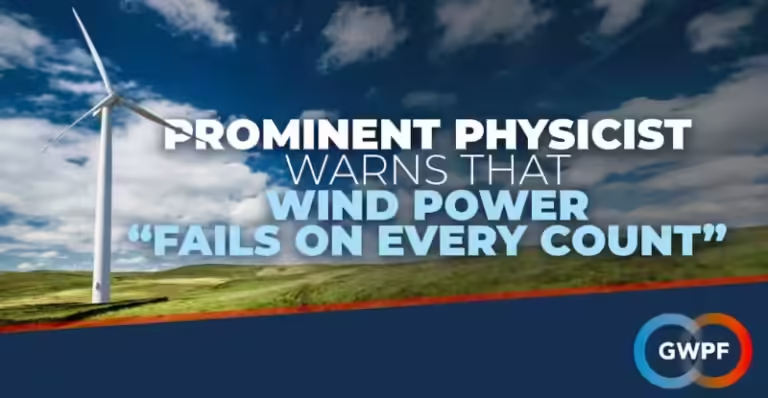
The world is increasingly turning to renewable energy sources to combat climate change and reduce dependence on fossil fuels. Wind power, in particular, has emerged as a promising alternative, with its ability to harness the kinetic energy of the wind to generate electricity. However, despite its many advantages, wind power faces a significant hurdle: its inherent unpredictability.
Navigating the Fickle Winds: Understanding Wind Power’s Unpredictability
Unlike fossil fuels, which are readily available on demand, wind power is dependent on the whims of nature. Wind speed and direction are constantly changing, influenced by a multitude of factors such as geographic location, topography, and weather patterns. This inherent variability creates a challenge for wind energy producers, as it directly impacts the amount of electricity generated.
The Challenges of Intermittency
The unpredictable nature of wind means that wind turbines may not always produce electricity at optimal levels. During calm periods, wind turbines may generate minimal power, or even shut down altogether. Conversely, during periods of high wind, turbines may have to be temporarily shut down to prevent damage. This intermittency presents a significant challenge for integrating wind power into the existing electricity grid.
Imagine a scenario where you have a large wind farm providing power to a city. If the wind suddenly dies down, the city's power supply could be disrupted. To address this, energy storage solutions are crucial. These systems, such as batteries or pumped hydro storage, can store excess energy generated during windy periods and release it when demand exceeds supply. However, developing and deploying effective energy storage on a large scale remains a significant technological and economic challenge.
Beyond the Fluctuations: Addressing Wind Power’s Unpredictability
Despite the challenges posed by wind's unpredictability, researchers and engineers are constantly innovating and developing solutions. One promising avenue is the advancement of forecasting technologies. By improving weather prediction models and using sophisticated data analysis, we can get a better understanding of wind patterns and anticipate fluctuations in wind speeds. This information can then be used to optimize wind farm operations and manage energy supply and demand more effectively.
The Role of Smart Grids
Another crucial element in mitigating the unpredictability of wind power is the development of smart grids. Smart grids are intelligent electricity networks that can monitor and control energy flow in real-time. They can adjust energy production and distribution in response to changes in wind conditions, ensuring a more reliable and efficient power supply. By integrating wind power into smart grids, we can leverage technology to overcome the challenges of intermittency and maximize the benefits of renewable energy.
Looking Ahead: A Sustainable Future
The principal limitation of wind power is unpredictability, but it's not an insurmountable obstacle. By investing in research, technology, and intelligent grid management, we can harness the power of the wind while mitigating its inherent variability. As we work towards a sustainable future, wind energy will undoubtedly play a crucial role in transitioning away from fossil fuels. By embracing innovation and addressing the challenges head-on, we can unlock the full potential of wind power to create a cleaner, more sustainable energy future for generations to come.
Frequently Asked Questions about Wind Power Unpredictability
What is the main limitation of wind power?
Wind power is an intermittent energy source, meaning that it is not always available when needed. This is because wind speed and direction fluctuate constantly, making it difficult to predict how much energy a wind turbine will produce at any given time.
How does wind power unpredictability affect energy production?
The unpredictability of wind power can lead to disruptions in energy supply, as wind turbines may not always generate enough power to meet demand. This can require backup power sources or energy storage solutions to ensure a reliable energy supply.
What are some solutions to address wind power unpredictability?
There are several ways to address the unpredictability of wind power, including:
- Energy storage: Batteries, pumped hydro, and other energy storage technologies can help store excess energy generated by wind turbines when wind is strong and release it when demand is high.
- Grid management: Smart grids and advanced control systems can help manage the flow of energy from wind farms, ensuring that supply meets demand.
- Forecasting: Improved weather forecasting can help predict wind conditions more accurately, allowing for better planning and management of wind power resources.
Is wind power a reliable source of energy?
While wind power is an intermittent energy source, it can become more reliable with the help of technology and smart grid management. By combining wind power with other renewable energy sources, such as solar power, and using energy storage and grid management strategies, wind power can play a significant role in a reliable and sustainable energy system.

